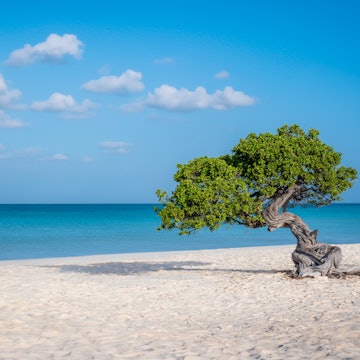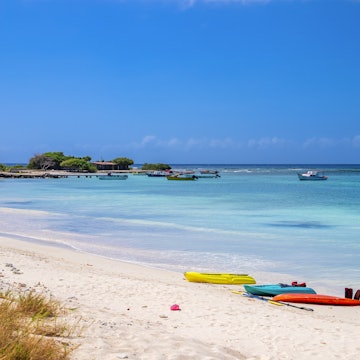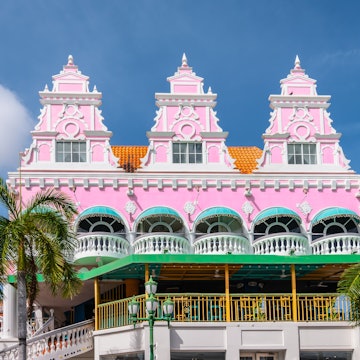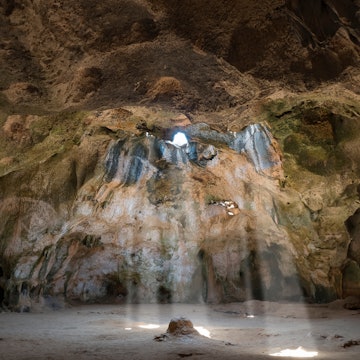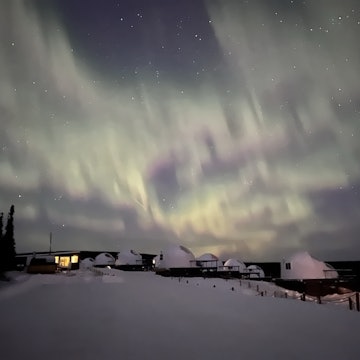
6 national parks around the world with surprisingly spectacular diving

Aug 25, 2020 • 5 min read
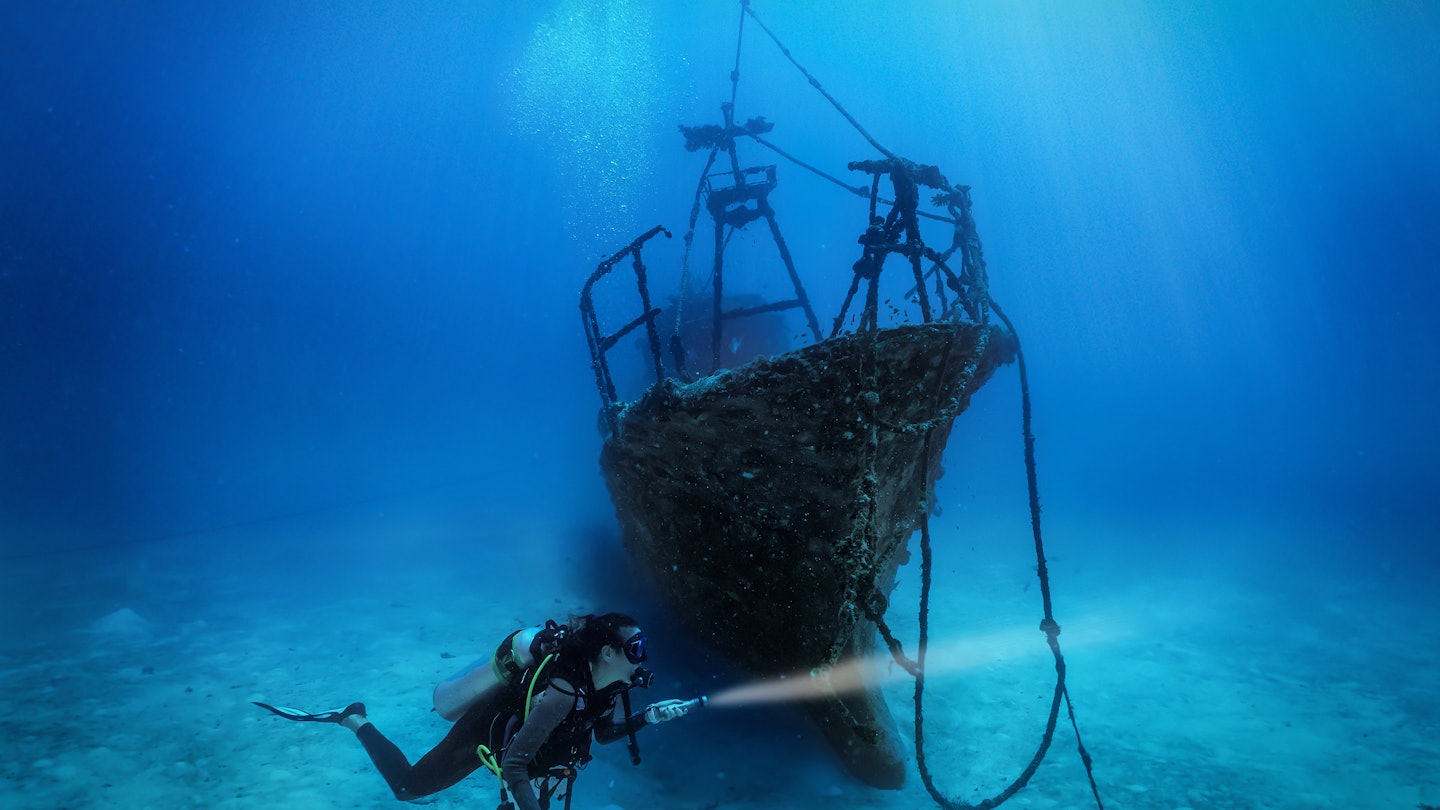
Diving options in Greece have been greatly expanded in the past 15 years, giving scuba enthusiasts even more options for exploring shipwrecks and underwater archeological sites. Sven Hansche / Shutterstock
While national parks may be “America’s best idea,” they aren’t exclusive to the United States. There are more than 3,000 national parks around the world, and many of them offer spectacular scuba diving.
Australia’s Great Barrier Reef Marine Park, Indonesia’s Komodo National Park and Ecuador’s Galapagos National Park and Marine Reserve frequently top divers’ travel lists, but there are other gems to be found underwater around the globe.
Editor's note: Please check the latest travel restrictions before planning any trip and always follow government advice.
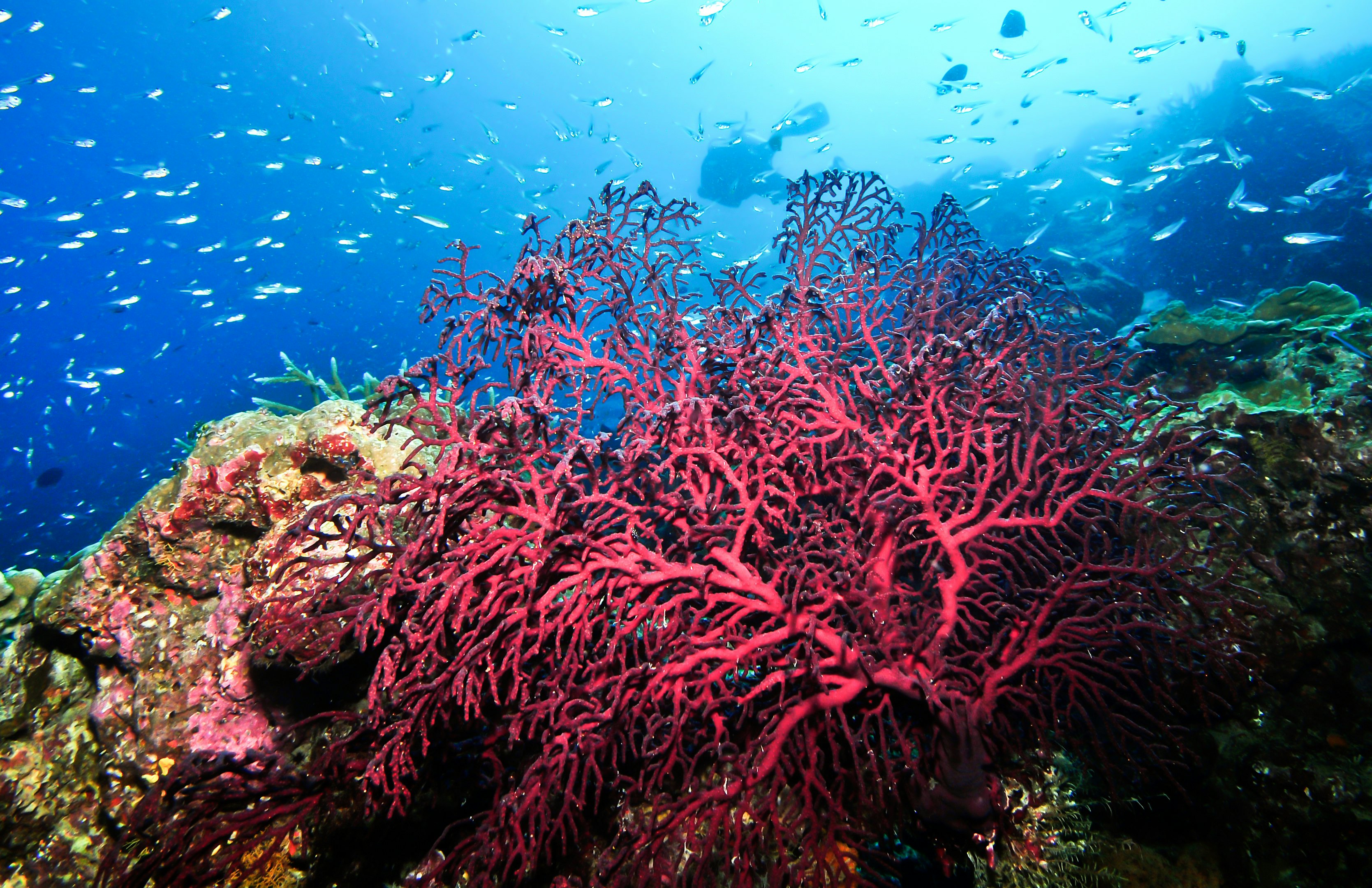
Kenya
Above the surface in Kenya, you’ll see lions, elephants and giraffes, but an underwater safari in this eastern African country will have you spotting white tip reef sharks, dolphins, sea turtles, whale sharks, manta rays, and the occasional humpback whale. Mombasa Marine Park and National Reserve is a highlight for underwater photography, while Malindi Marine National Park is the site of Barracuda Channel, where you can also find spider conch in shallower water.
Twenty of Kenya’s best dive sites are at Watamu Marine National Park, home to the rare and endangered green sea turtle, and Kisite Mpunguti Marine Reserve has diving from 4.5 to 30m (15 to 100ft) with exceptional visibility. Plan your Kenyan dive trip between November and March, when the water is calm and a comfortable 28 degrees Celsius (82 degrees Fahrenheit).
Greece
Until 2005, divers only had access to 998km (620mi) of Greece’s 16,093km (10,000mi) of coastline. But when the legislation changed, people began flocking to the Aegean and Ionian seas to explore the ancient underwater artifacts. Archaeology lovers will enjoy diving the Peristera shipwreck just offshore from Alonissos National Marine Park.
Dating to 5th century B.C., this Athenian cargo ship holds thousands of containers used to transport wine. Zakynthos National Marine Park was the first of its kind in the Mediterranean, and you’ll come across damselfish and wrasse at the Lakka site, monk seals and octopus at Marathia, and the beautiful butterfly exit of Cave Tunnel.
Greece also opened two new underwater archaeological parks in 2018: Sapientza Islet, featuring a shipwreck that transported two Roman sarcophagi dating to the 2nd and 3rd centuries A.D., and Navarino Bay, located on a Peloponnesian island with three Ottoman warships sunk during a battle in 1827. The best months to dive are July to September, but you’ll still want a wetsuit for water temperatures ranging from 16 to 23 degrees Celsius (60 to 74 degrees Fahrenheit).
Iceland
One of the most unusual dives on the planet is in Iceland’s Þingvellir National Park. At Silfra, you’ll don a drysuit and descend 18m (59ft) into the freezing water to a spot where you can simultaneously touch two tectonic plates.
This crack between the North American and Eurasian continents is a Unesco World Heritage Site, and the water that flows through it is crystal clear, offering divers year-round visibility of up to 100m (328ft). After taking the obligatory photo at Big Crack, fin over to the Silfra Hall site with its high lava walls and Silfra Lagoon, where you can get close to the abundant marine life living in the fissure.

Philippines
At the thousands of dive sites scattered throughout the Philippines, you’ll be enchanted by the more than 1,200 macro and pelagic species that live in these waters. In fact, the incredible biodiversity of Tubbataha Reefs National Park in Palawan earned it Unesco World Heritage Site status.
Board a liveaboard in Puerto Princesa City, then sail to dive sites like Amos Rock, Washing Machine and Black Rock to experience 600 species of fish, 360 species of coral, 11 species of sharks and 13 species of dolphins and whales, along with manta rays, barracuda, nudibranchs, pipefish and seahorses.
If a liveaboard isn’t in your budget, you can still see a boatload of sea life at Moalboal on the island of Cebu, where you’ll sail on a traditional double outrigger canoe called a bangka. Moalboal is world-renowned for its sardine run, an enormous bait ball of approximately seven million small fish that attract larger marine life in search of food. While you can dive the warm Philippine waters year round, you’ll witness the most wildlife and avoid monsoons if you visit between March and June.

Bonaire
Bonaire National Marine Park is the world’s oldest marine reserve. Part of the ABC Islands, which also include Aruba and Curaçao, this Dutch territory is best known for dozens of shore dive sites marked with painted yellow rocks. Pay your US$25 park fee, get an unlimited air package from a beachside resort, and dive Bonaire to your heart’s content any month of the year.
You’ll encounter tuna, marlin, wahoo and swordfish at open water sites like Cliff and Something Special; lobster, parrotfish, squid and moray eels along the coral reefs at the Karpata and Bari Reef sites; and sea turtles and endangered queen conch in the mangroves of Lac Bay. It’s also worth booking a night dive at Salt Pier and a boat dive to explore the Hilma Hooker wreck. And while lionfish are an invasive species in this part of the world, they make for a delicious pizza that’s a Bonaire specialty.
Bonaire waters offer loads of family fun
Tanzania
Africa’s highest mountain, Mount Kilimanjaro, and the continent’s deepest lake, Lake Tanganyika, are both found in Tanzania, along with some incredible diving. The name “Tanganyika” is Swahili for “sail the wilderness,” and the diving here is nothing short of an underwater safari.
Chumbe Island Coral Park on the Zanzibar archipelago includes a fully-protected coral reef sanctuary, and the sea life is some of the most bountiful in the world. Levan Bank on the northern side of Zanzibar is one of the country’s most famous sites with big game fish like tuna, trevally and kingfish swimming in the warm water of the Indian Ocean, and turtles, dolphins and whale sharks can be seen at the Mnemba Atoll reef from September to December.
Beaches and beyond: the best reasons to visit Zanzibar
You might also like:
8 US national parks where the best views are underwater
Where to find the best scuba diving sites in the Middle East
How to take amazing underwater photos
This article was originally published in October 2019 and updated in August 2020.








